10 Best Herbal Tinctures For Leg Cramps
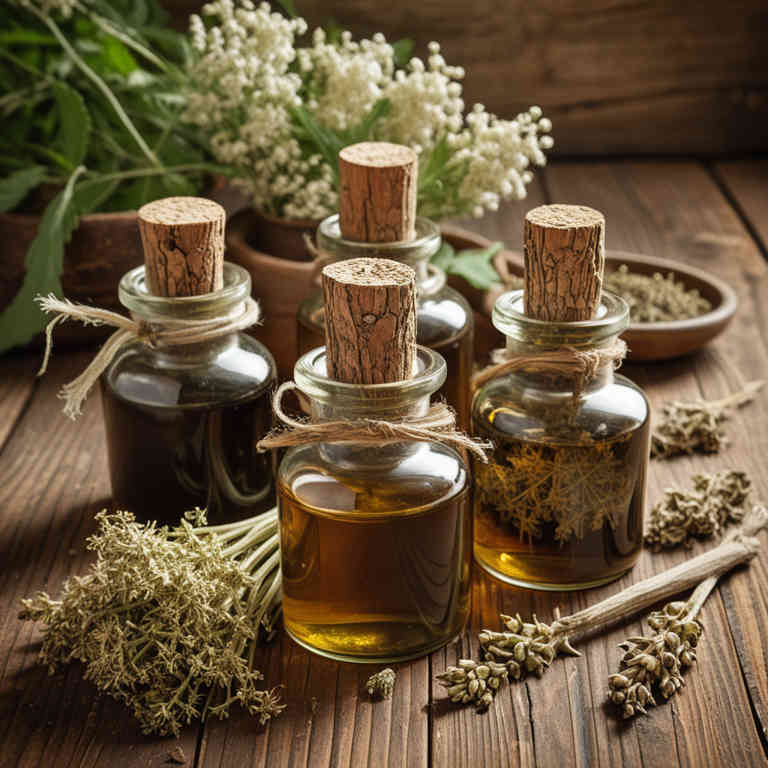
Herbal tinctures have gained popularity as a natural remedy for alleviating leg cramps, offering a convenient and concentrated form of herbal extracts.
Commonly used herbs in these tinctures include cramp bark, valerian root, and ginger, which are known for their muscle-relaxing and anti-inflammatory properties. When applied topically or taken internally, these tinctures can help ease muscle tension and reduce the frequency and intensity of cramps. Many people prefer herbal tinctures due to their minimal side effects compared to over-the-counter medications.
However, it is important to consult a healthcare professional before use, especially for individuals with existing medical conditions or those taking other medications.
FREE COURSE
How to make medicinal herbal tinctures for common ailments at home and in a weekend (using the Healing Drops System).

Table of Contents
1. Valeriana officinalis
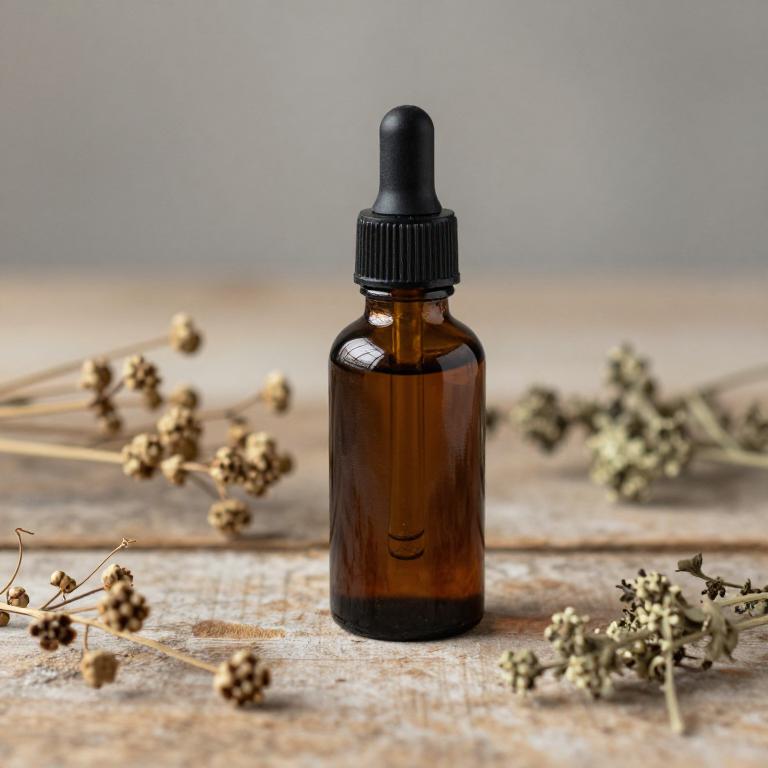
Valeriana officinalis, commonly known as valerian, is a traditional herbal remedy that has been used for centuries to address various ailments, including sleep disorders and nervous system conditions.
Valerian root tinctures are often prepared by soaking the dried root in alcohol, which helps extract its active compounds such as valerenic acid and essential oils. These compounds are believed to have calming effects on the nervous system, potentially reducing muscle spasms and alleviating leg cramps. While scientific evidence supporting its efficacy for leg cramps is limited, many users report relief from muscle tension and discomfort when using valerian tinctures.
As with any herbal remedy, it is advisable to consult a healthcare professional before use, especially for individuals with existing medical conditions or those taking other medications.
2. Cnicus benedictus
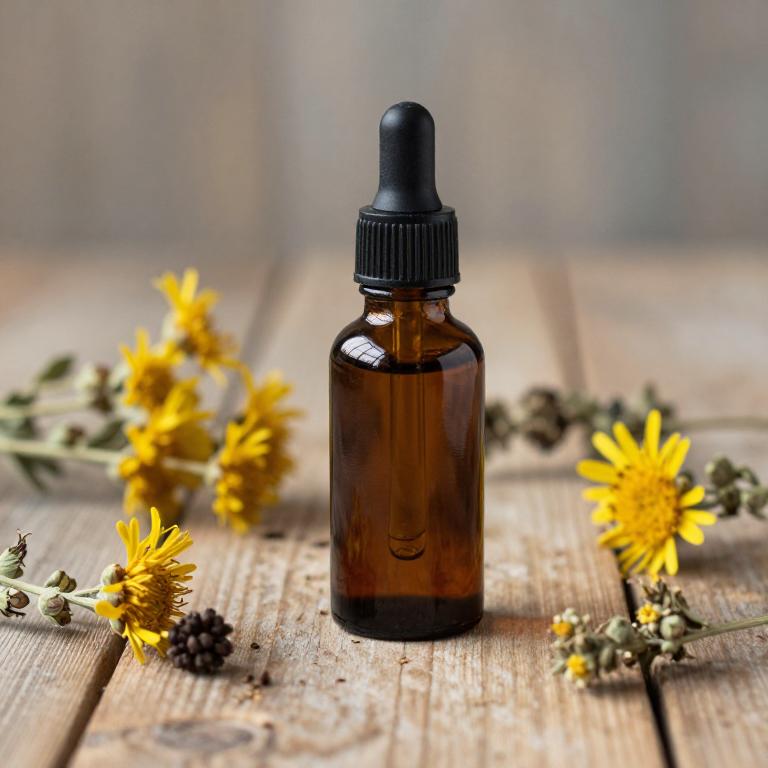
Cnicus benedictus, commonly known as blessed thistle, is a herbal remedy that has been traditionally used to address various health concerns, including leg cramps.
Its tincture form is often prepared by extracting the plant's active compounds with alcohol, making it more bioavailable for the body to absorb. This herb is believed to support muscle function and circulation, which may help alleviate the discomfort of leg cramps. While some anecdotal evidence suggests its effectiveness, it is important to consult a healthcare professional before use, especially for individuals with existing medical conditions or those taking other medications.
Overall, Cnicus benedictus tinctures may offer a natural alternative for managing leg cramps, though more scientific research is needed to fully understand its efficacy and safety.
3. Vitex agnus-castus

Vitex agnus-castus, commonly known as chasteberry, has been traditionally used in herbal medicine for its potential to support hormonal balance and alleviate menstrual discomfort.
While it is often associated with women's health, some studies suggest that it may also have muscle-relaxing properties that could help reduce the frequency and intensity of leg cramps. Herbal tinctures made from vitex agnus-castus are typically prepared by soaking the dried berries in alcohol, allowing the active compounds to be extracted for use. These tinctures are often taken orally, though some individuals may apply them topically to the affected areas for localized relief.
Although more research is needed, vitex agnus-castus may offer a natural alternative for those seeking to manage leg cramps through herbal remedies.
4. Urtica dioica

Urtica dioica, commonly known as stinging nettle, has been traditionally used in herbal medicine for its potential therapeutic properties.
When prepared as a tincture, urtica dioica may help alleviate symptoms associated with leg cramps by reducing inflammation and improving circulation. The tincture is typically made by soaking dried nettle leaves in alcohol, allowing the active compounds to be extracted over time. Some studies suggest that the high concentration of minerals like potassium and magnesium in nettle may contribute to muscle relaxation and nerve function.
However, it is important to consult with a healthcare professional before using urtica dioica tinctures, especially for individuals with existing health conditions or those taking medications.
5. Zingiber officinale
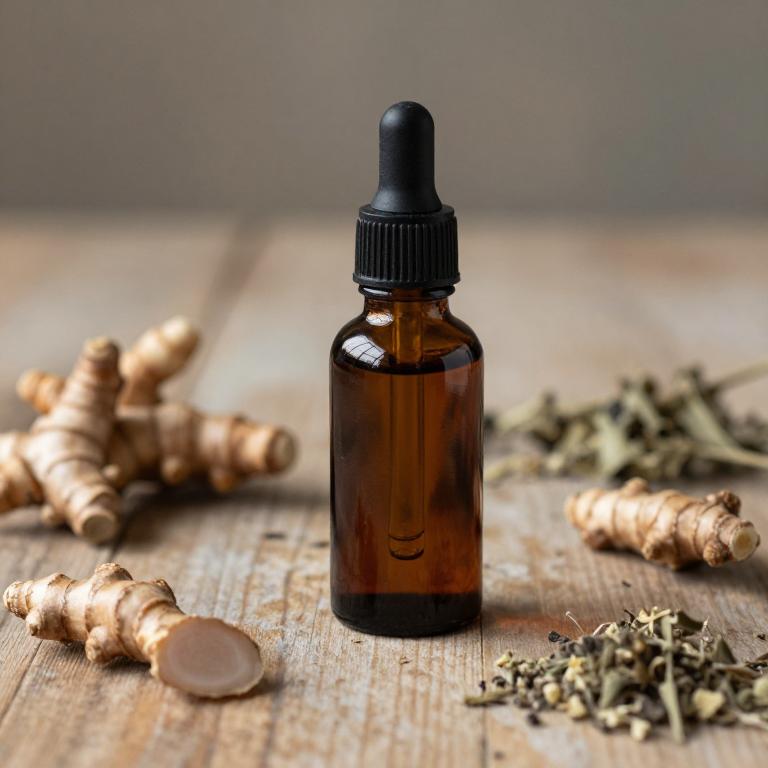
Zingiber officinale, commonly known as ginger, has been traditionally used for its medicinal properties, including its ability to alleviate leg cramps.
Ginger tinctures, derived from the root through alcohol extraction, are concentrated forms of ginger's active compounds, such as gingerol and shogaol, which possess anti-inflammatory and muscle-relaxing effects. These tinctures can help reduce muscle spasms and cramps by improving circulation and reducing oxidative stress in the muscles. When taken orally, ginger tinctures may provide a natural alternative to conventional muscle relaxants, though it is important to consult a healthcare professional before use.
Regular use of ginger tinctures may offer relief for individuals experiencing frequent leg cramps, particularly those related to poor circulation or electrolyte imbalances.
6. Achillea millefolium
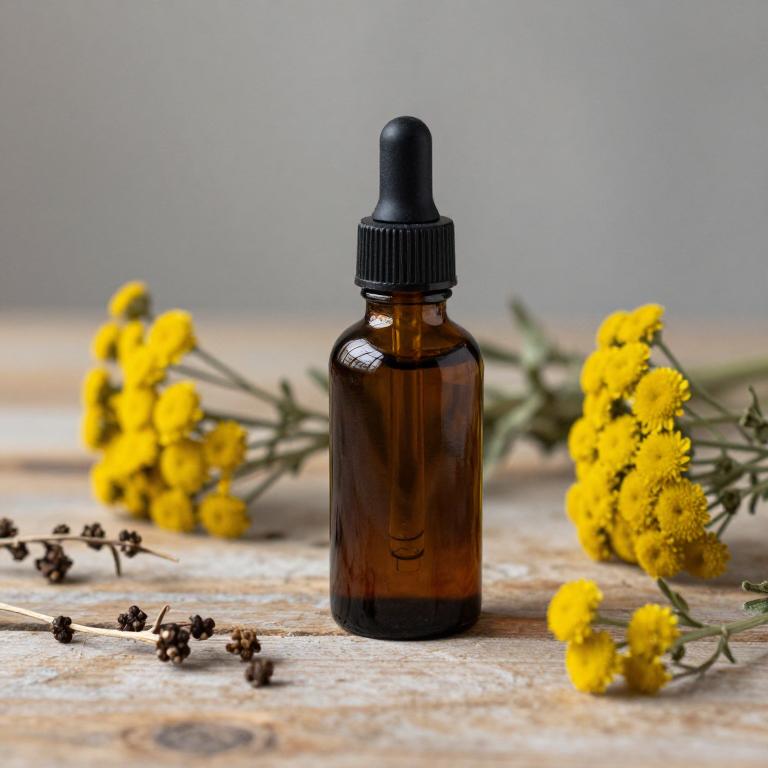
Achillea millefolium, commonly known as yarrow, has been traditionally used in herbal medicine for its anti-inflammatory and circulatory benefits.
When prepared as a tincture, it can be used to help alleviate leg cramps by improving blood flow and reducing muscle tension. The tincture is typically made by soaking the dried leaves and flowers in alcohol for several weeks, allowing the active compounds to be extracted. Due to its mild sedative properties, it may also help relax the muscles and ease the discomfort of cramps.
However, it is important to consult with a healthcare provider before using yarrow tinctures, especially for those with existing health conditions or who are taking medications.
7. Equisetum arvense
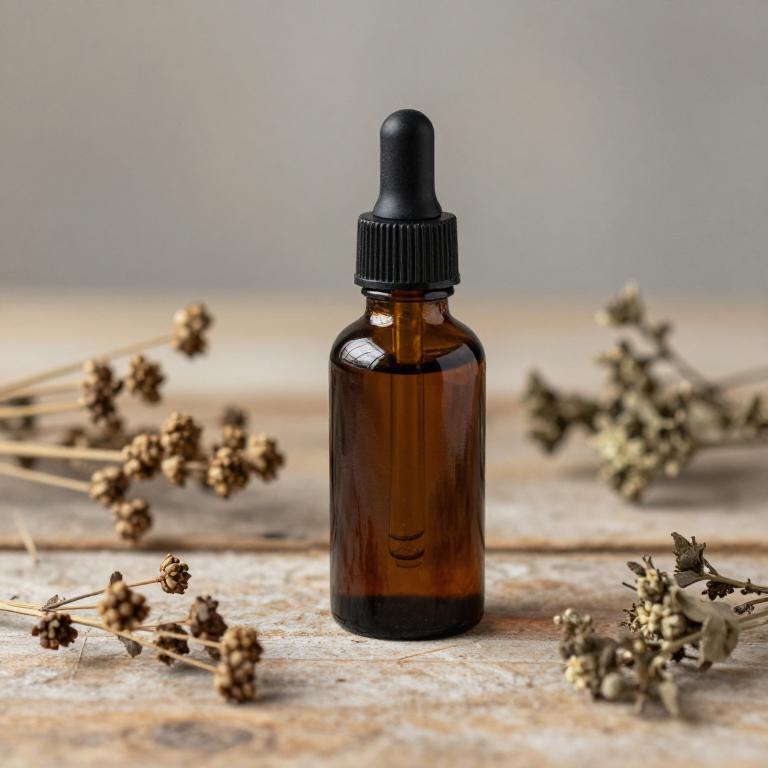
Equisetum arvense, commonly known as field horsetail, has been traditionally used in herbal medicine for its potential benefits in alleviating leg cramps.
The tincture of Equisetum arvense is prepared by soaking the dried plant material in alcohol, allowing the active compounds to be extracted for use. This herb is believed to support muscle function and reduce cramping due to its high concentration of silica and other minerals that may enhance tissue elasticity and nerve function. Some herbal practitioners recommend Equisetum arvense tinctures as a natural remedy for nocturnal leg cramps and muscle spasms.
However, it is important to consult with a healthcare professional before using this tincture, as it may interact with certain medications or have side effects in some individuals.
8. Glycyrrhiza glabra
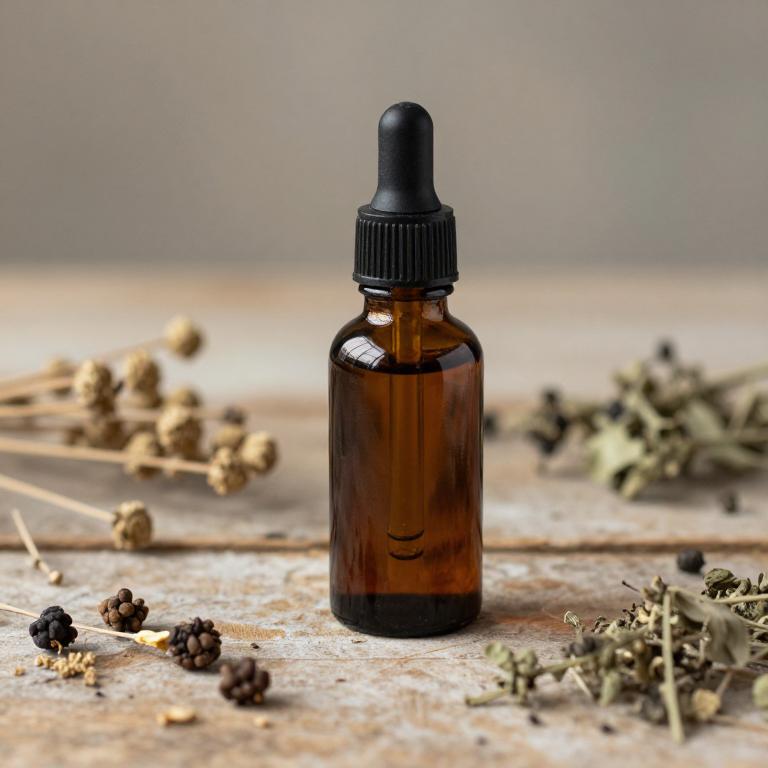
Glycyrrhiza glabra, commonly known as licorice root, has been traditionally used in herbal medicine for its anti-inflammatory and muscle-relaxing properties.
When prepared as a tincture, glycyrrhiza glabra may help alleviate leg cramps by reducing muscle spasms and improving circulation. The active compounds in licorice root, such as glycyrrhizin and flavonoids, contribute to its soothing effects on the muscular system. While some studies suggest its potential benefits for muscle-related discomfort, it is important to consult a healthcare professional before use, especially for individuals with hypertension or kidney issues.
Overall, licorice root tinctures can be a complementary approach to managing leg cramps, though they should not replace medical treatment.
9. Piper nigrum

Piper nigrum, commonly known as black pepper, is often used in herbal tinctures to help alleviate leg cramps due to its potential analgesic and anti-inflammatory properties.
The active compound in black pepper, piperine, may enhance circulation and reduce muscle spasms by promoting blood flow and nerve function. Herbal tinctures made from black pepper are typically prepared by soaking the dried fruit in alcohol to extract its active constituents. These tinctures are often used as a complementary therapy alongside other treatments for muscle cramps and discomfort.
While generally considered safe, it is advisable to consult a healthcare professional before using black pepper tinctures, especially for individuals with existing medical conditions or those taking medications.
10. Mentha piperita
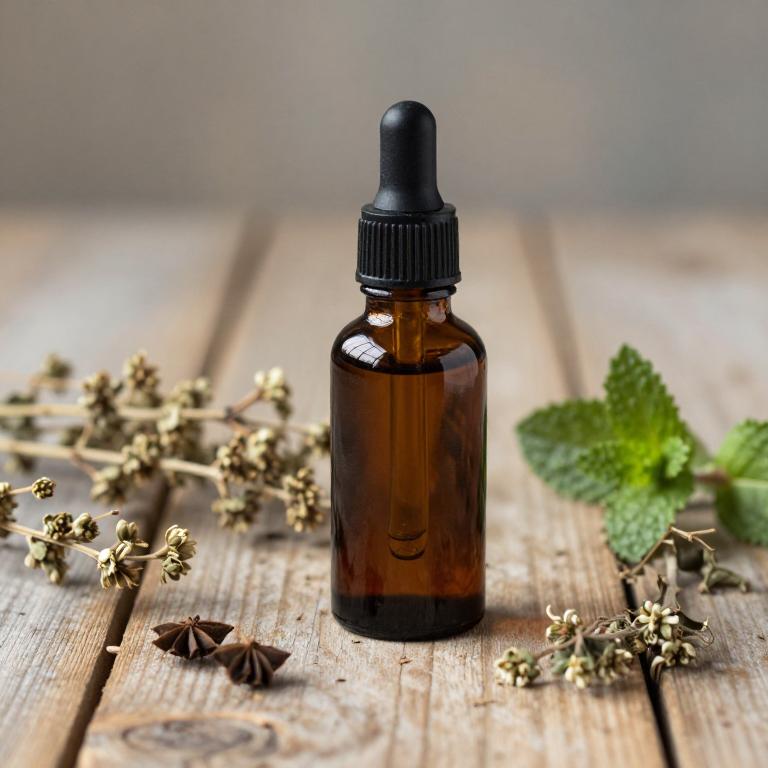
Mentha piperita, commonly known as peppermint, is often used in herbal tinctures to help alleviate leg cramps due to its soothing and analgesic properties.
The active compounds in peppermint, such as menthol, work by stimulating cold receptors in the skin, which can help reduce the sensation of pain and muscle spasms. When applied topically as a tincture, it may provide localized relief by improving blood circulation and relaxing tense muscles. However, it is important to dilute the tincture properly before use to avoid skin irritation.
While peppermint tinctures can be a natural remedy for occasional leg cramps, they should not replace medical advice for persistent or severe muscle spasms.